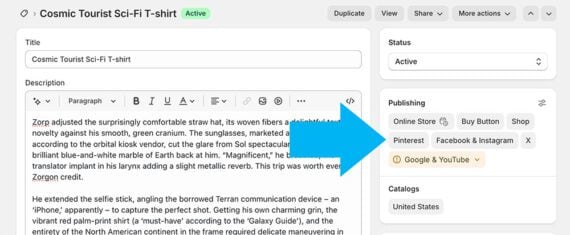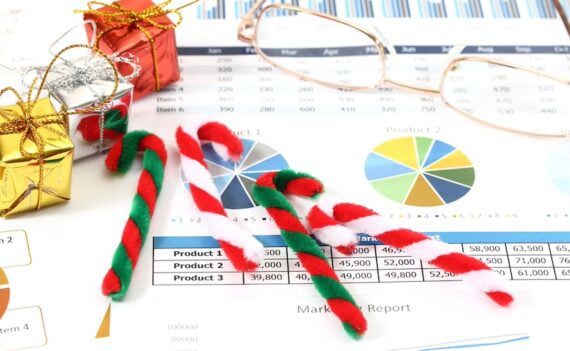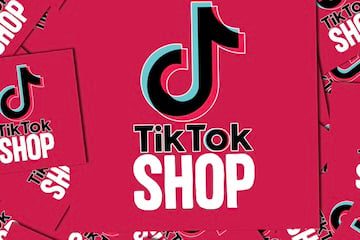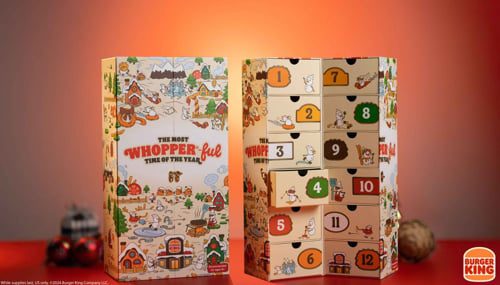5 Shopify Mistakes That Kill Holiday Profits
Minor configuration mistakes during the busy Christmas selling season can seriously harm ecommerce profits.
Shopify remains the most popular ecommerce platform in the United States. Various sources report that the company has about 29% of the total U.S. hosted ecommerce platform market, or about 21% of the top 1 million ecommerce sites worldwide.
Shopify is popular, in part, because of its relative ease of use. The setup is speedy for online sellers willing to accept out-of-the-box themes and a default configuration.
Unfortunately, that configuration can also lead to mistakes. What follows are five Shopify setup errors that kill profits when holiday sales rev up.
Broken Feeds
Product feeds to Google and Meta can fail silently. A price mismatch, missing GTIN, or out-of-stock flag can lead to disapprovals that stop some ads from running even while the campaign spends otherwise.
Before the holiday rush, store owners and managers should review product feeds aimed at dynamic advertising.
In Shopify, this means checking “Google & YouTube,” “Facebook & Instagram,” and any other connected sales app. Each should show products approved and synchronized.
A merchant might also notice this when checking product sales channels. Shopify adds a warning if there is a feed problem.

A store manager checking for missing channels (below) might have noticed something wrong with the “Google & YouTube” feed.
Missing Channels
Shopify merchants sometimes assume that publishing a product to their online store automatically makes it visible on Google Shopping, Meta, the Shop app, and Pinterest.
It does not.
Shopify treats each sales channel separately, and products do not appear in a channel unless explicitly added. This may be true even when an app is installed correctly.
Channel exclusion happens frequently for stores selling print-on-demand products such as t-shirts. A shopkeeper might design and publish a t-shirt with Printful and add it to a Shopify collection, unaware that it wasn’t added to every channel.
To check, go to “Products” in Shopify and filter by excluded sales channels. Bulk-add any missing channels.
Visibility is a foundation of conversion. If an item is not syndicated to every active channel, it might as well not exist.
Shipping Gaps
Shopify’s shipping options are flexible and configurable. They can be confusing, too, prompting some ecommerce operations to select a few simple options.
Unfortunately, keeping it simple may not work during the holiday crunch.
Last-minute holiday shoppers often want lightning-fast delivery and are willing to pay for it. The trouble is that many stores never offer it.
In Shopify, go to “Settings” > “Shipping and Delivery.” Open each profile and make sure every product belongs to it. Add at least one two-day or overnight option using carrier-calculated rates.
Consider posting a clear cutoff message — such as “Order by Dec. 18 for Christmas delivery.” — on product detail pages.
Fast, flexible fulfillment often matters more than price in late December. Shoppers will not buy without a proper delivery option.
Discount Stacking
Shopify’s discount system is powerful and literal. Run multiple promotions at once, and the platform could apply them all unless told otherwise.
To be clear, applying multiple discounts to a single order, product, or transaction simultaneously is a valid sales tactic. Plenty of retailers use this approach.
Hence discount stacking is built into Shopify.
A storewide 20% sale, combined with free shipping and a loyalty code, can materially boost holiday revenue and, potentially, instantly erase margins.
Before launching any campaign, open “Discounts” and check for overlapping date ranges or stackable coupons.
Consider limiting the store to one automatic or sitewide discount at a time — test checkouts with several products in the cart. Merchants on Shopify Plus may also want to audit their Scripts or Functions.
Tax Neglect
Strong Christmas sales can push a store past tax nexus thresholds — the point at which a merchant is legally required to collect and remit sales tax in a state.
Shopify doesn’t necessarily detect new tax requirements automatically. The store may owe taxes if its revenue or transaction volume crosses a given state’s threshold.
The problem usually shows up after December, when accountants discover a state in which the store met the threshold but never registered. That missed setup can mean back taxes, penalties, and months of cleanup.
Before peak season, review Shopify tax settings. Add every state where the business has physical presence, employees, warehouses, or meets an economic nexus threshold. That threshold is often $100,000 in annual sales or 200 transactions.
Enable Shopify Tax or a third-party app such as Avalara to maintain accurate rates. International stores should check “Markets” to confirm the correct VAT and customs settings.

















